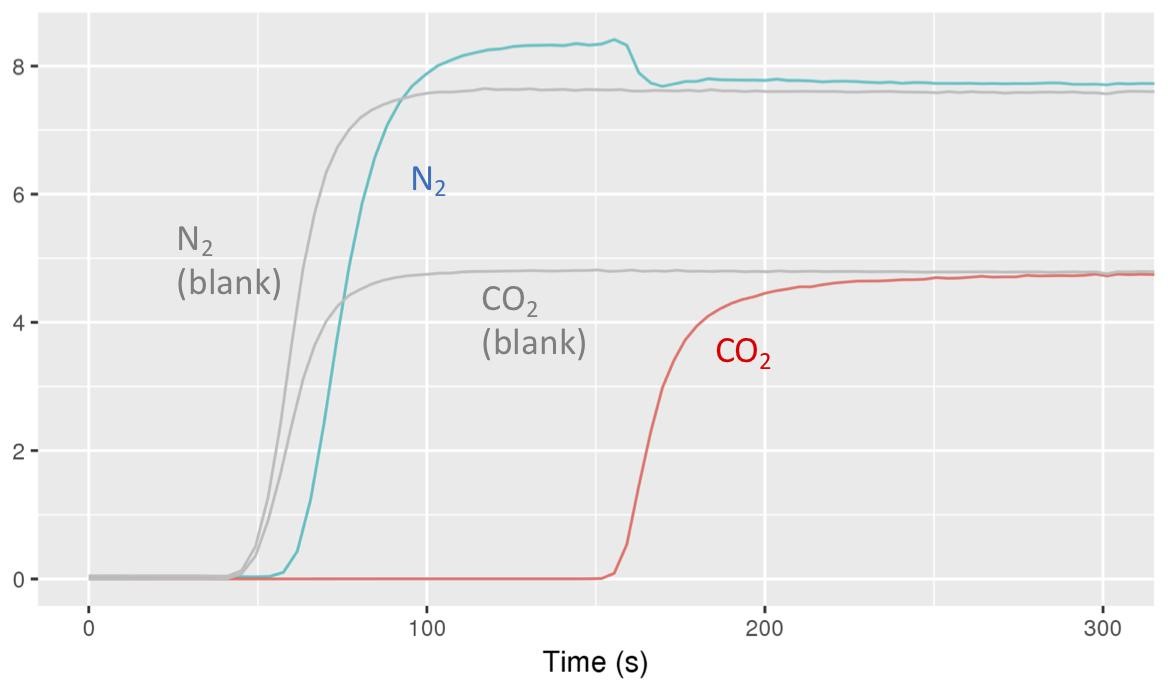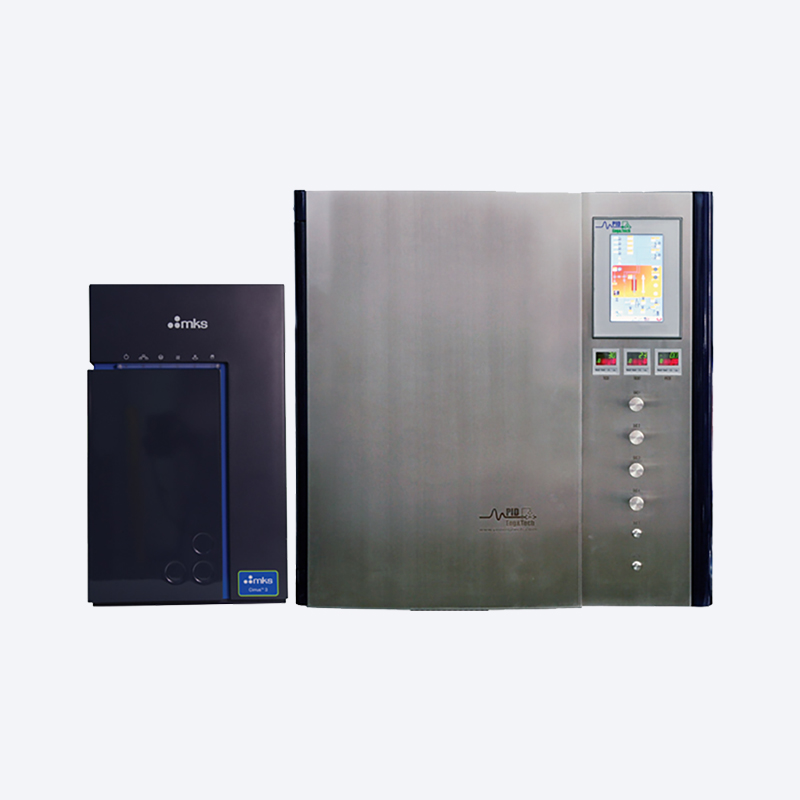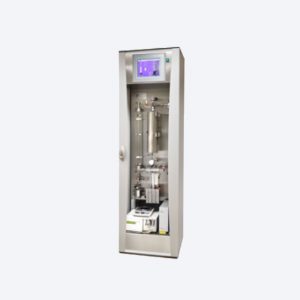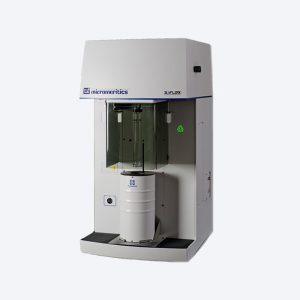Description
The quantity of gases adsorbed may be determined from a simple mass balance using the mass flow entering the column minus the mass flow of components exiting the column. This difference is the accumulation (adsorption) of components from the gas phase. The Selective Adsorption Analyzer is also often referred to as a Breakthrough Analyzer because of its ability to generate breakthrough curves.
Key Features and Benefits:
- Optimized and minimized “dead volumes”
- Simple column design with exceptional flow control enables multiple gases to be used with highly controlled blending
- Sample column is housed in a precise, temperature-controlled hotbox, particularly important for Breakthrough experiments
- Proprietary blending valves provide important advantages for gas mixing and for minimizing the system dead volume
- System scalability that enables expansion of capabilities over time through addition of detectors and other optional accessories (e.g. Mass Spectrometer, GC/MS, Vapor generator, others available upon request)
- Back pressure control that allows the user to perform experiments at commercially relevant conditions
Common Applications:
- Gas separation, storage & purification
- Breakthrough analysis
- CO2 capture
- Sorption selectivity
- Evaluation of next generation adsorbent materials such as MOFs, COFs, ZIFs, zeolites, activated carbons, silica gels, activated alumina, molecular sieve carbon, porous polymers & resins
Common tests performed:
- Multi component adsorption
- Mixed gas adsorption
- Breakthrough curve analysis
- Adsorption of gas & vapor mixtures
- Selectivity & adsorption capacity
- Dynamic adsorption & desorption measurements
- Competitive adsorption
- High pressure isotherms
- Pure component data (low pressure, high temperature, wide range of temperatures)

Carbon dioxide breakthrough curve using Basolite C300 (Cu-btc)





